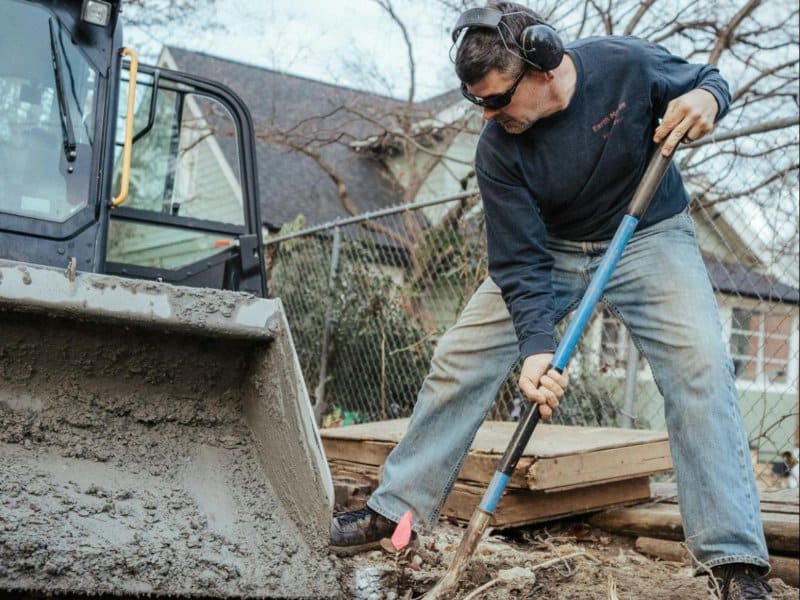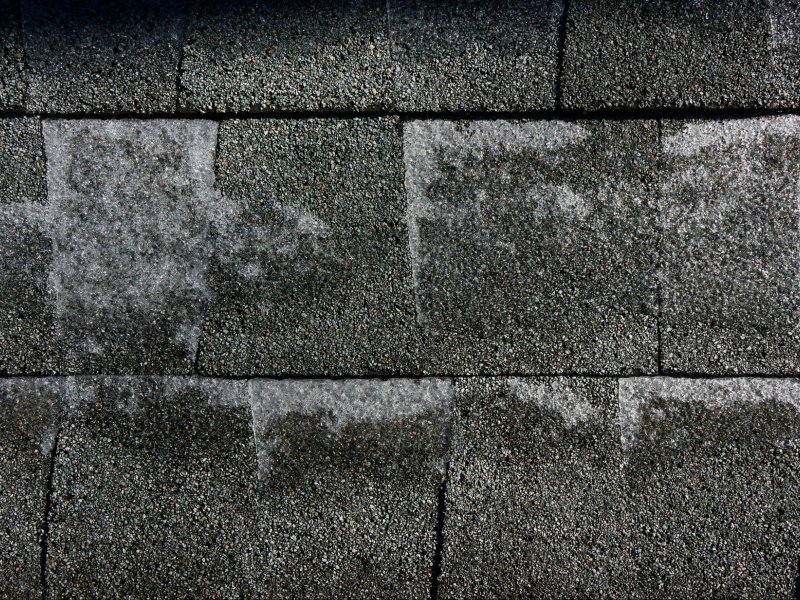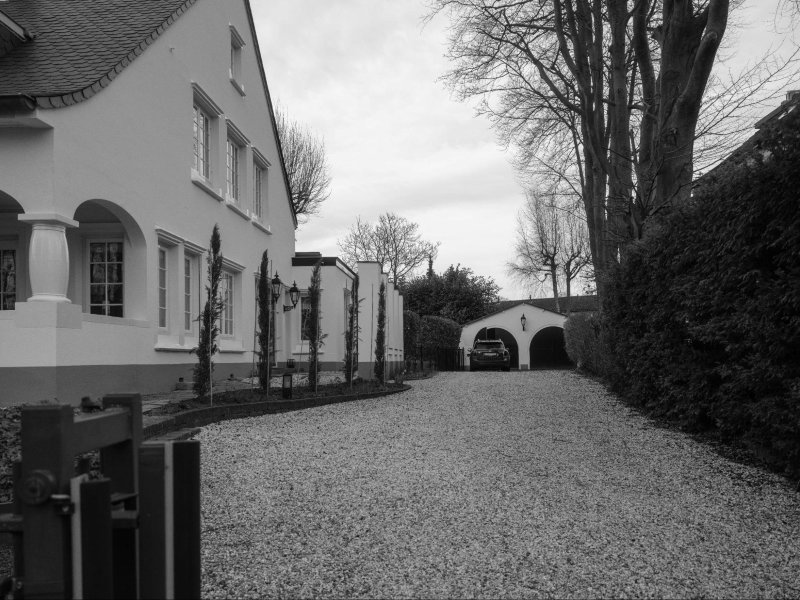Effective drainage is essential for maintaining the integrity and longevity of your property. Poor drainage can lead to a range of issues, including water damage, erosion, and foundation problems. To keep your property dry and protected, it’s crucial to implement proper drainage solutions tailored to your specific needs. This article explores various drainage solutions and strategies to safeguard your property against water-related issues.
Assessing Drainage Needs
Before implementing drainage solutions, it’s essential to assess your property’s drainage needs. Factors such as soil type, slope, landscaping features, and local climate play a significant role in determining the most suitable drainage solutions. Conduct a thorough inspection of your property to identify areas prone to water accumulation or erosion, as well as any existing drainage issues that need attention.
Surface Drainage Solutions
Our friends at ABT, INC., explain how surface drainage solutions focus on managing water runoff on the ground’s surface to prevent pooling and erosion. Some common surface drainage techniques include:
- Grading: Properly grading the landscape to ensure water flows away from structures and toward designated drainage areas.
- French Drains: Installing perforated pipes surrounded by gravel to redirect water away from problem areas.
- Swales: Creating shallow channels or depressions in the landscape to direct water flow and prevent runoff.
Implementing a combination of these surface drainage techniques can effectively manage water runoff and protect your property from water-related damage.
Subsurface Drainage Solutions
Subsurface drainage solutions are designed to manage groundwater and alleviate soil saturation below the surface. These solutions are particularly useful in areas with high water tables or poor soil drainage. Common subsurface drainage techniques include:
- Trench Drains: Installing underground channels or pipes to collect and divert groundwater away from structures.
- Drainage Tiles: Placing perforated pipes underground to facilitate the drainage of excess water from the soil.
- Sump Pumps: Installing pumps to remove accumulated water from basements or crawl spaces and discharge it away from the property.
By implementing subsurface drainage solutions, you can prevent soil erosion, reduce hydrostatic pressure around foundations, and protect your property’s structural integrity.
Vegetative Solutions
Incorporating vegetation into your drainage strategy can help absorb excess water and stabilize soil, reducing erosion and runoff. Consider planting native grasses, shrubs, or trees with deep root systems that can absorb water and prevent soil erosion. Additionally, creating rain gardens or bioswales can help capture and filter stormwater runoff, reducing the burden on conventional drainage systems and promoting ecological balance.
Hardscape Solutions
Hardscape features such as retaining walls, permeable pavers, and dry wells can also contribute to effective drainage on your property. Retaining walls help stabilize slopes and prevent soil erosion, while permeable pavers allow rainwater to infiltrate the ground instead of creating runoff. Dry wells are underground structures designed to collect and slowly infiltrate excess water into the soil, reducing the risk of flooding and erosion.
Maintenance and Monitoring
Regular maintenance and monitoring are essential for ensuring the effectiveness of your drainage solutions over time. Clear debris from gutters, downspouts, and drainage channels regularly to prevent clogs and blockages. Inspect drainage structures, pipes, and outlets for signs of damage or deterioration, and address any issues promptly to prevent water-related damage. Additionally, adjust your drainage system as needed based on changes in landscaping, soil conditions, or weather patterns.
Conclusion
Implementing effective drainage solutions is crucial for keeping your property dry and protected from water-related issues. By assessing your property’s drainage needs and implementing a combination of surface, subsurface, vegetative, and hardscape solutions, you can mitigate the risk of water damage, erosion, and foundation problems. Regular maintenance and monitoring are key to ensuring the long-term effectiveness of your drainage system. Invest in proper drainage solutions today to safeguard your property and enjoy peace of mind for years to come.









